No products in the cart.
Uncategorized
Did You Know? 13 Fun Facts About Guatemala
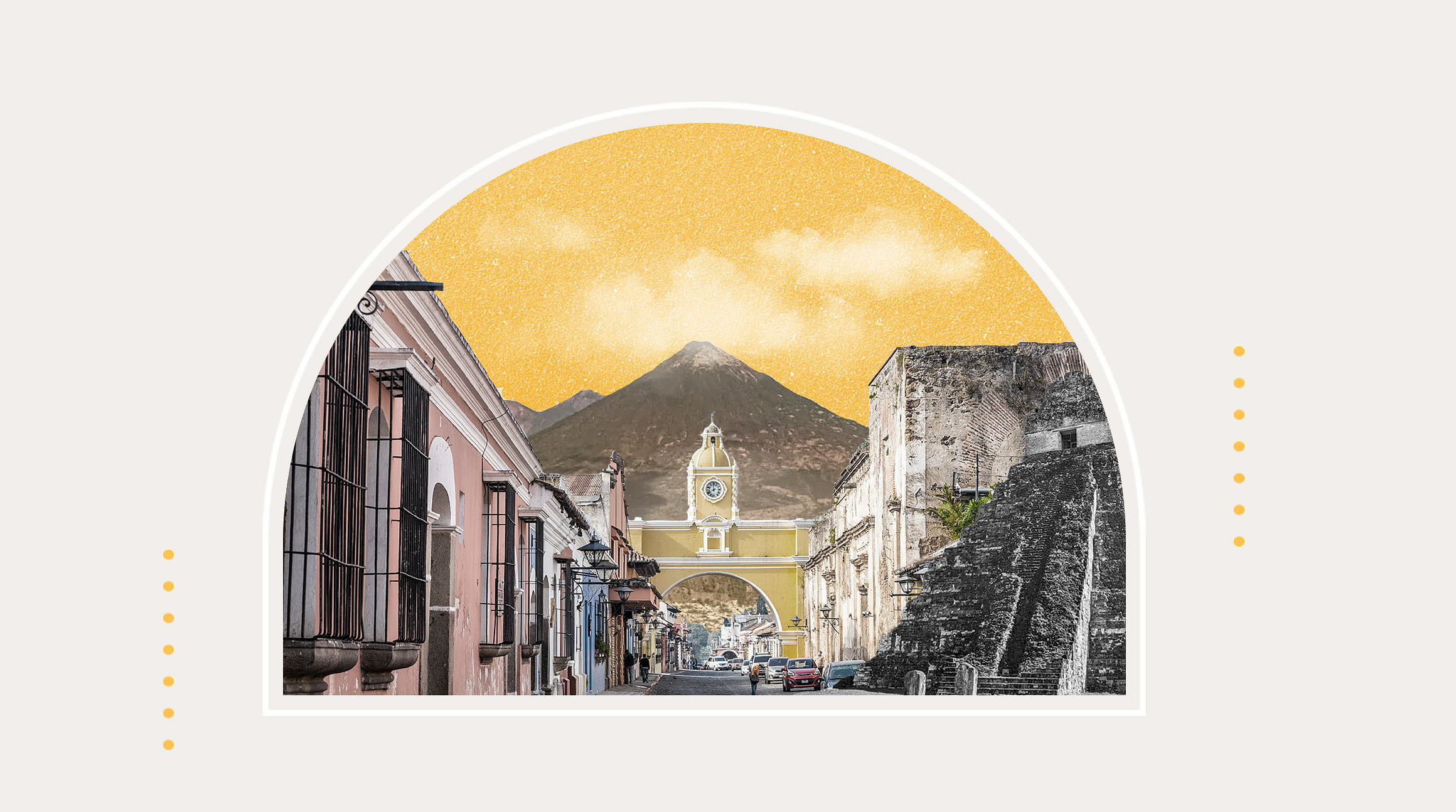
Nestled amidst the lush landscapes of Central America lies Guatemala, a land of captivating beauty and rich cultural heritage. Whether you’re interested in ancient civilizations or beautiful landscapes, Guatemala has something for everyone. Join us as we explore 10 fun facts that will give you a deeper understanding of this incredible country.
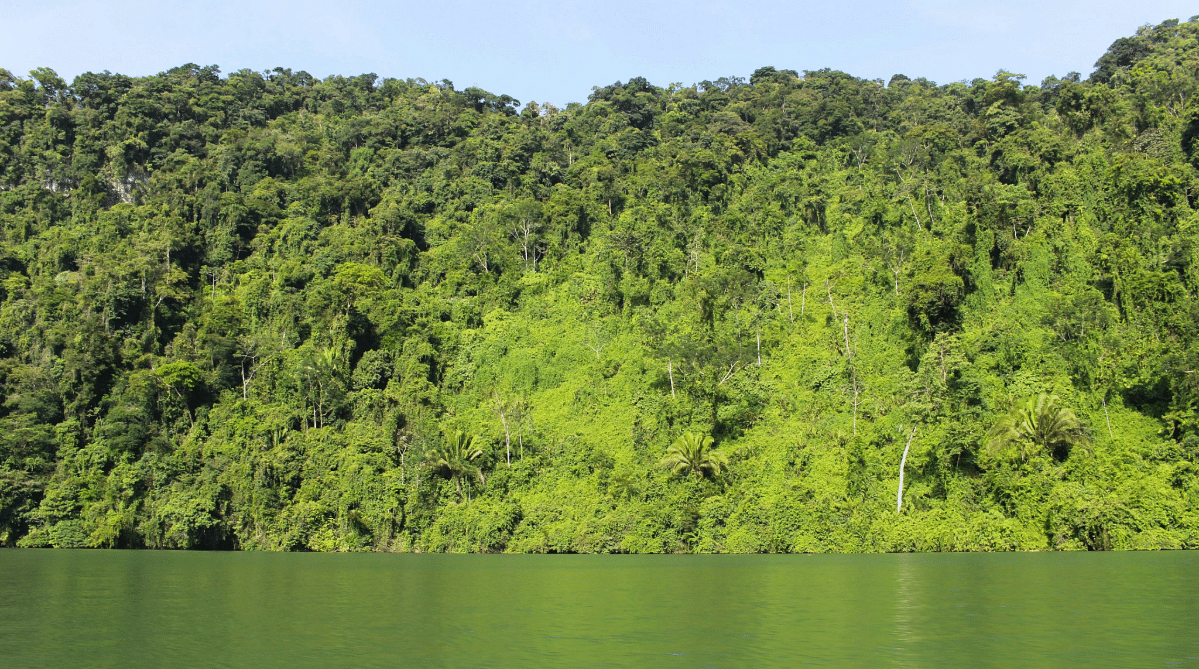 Unsplash
Unsplash
1. “Guatemala” means “the place of many trees.”
The name “Guatemala” is derived from the Nahuatl word “Cuauhtēmallān,” which translates to “the place of many trees” or “land of the trees.” This name was given by the Nahua-speaking people from central Mexico, who migrated to the region and encountered the lush forests that covered much of Guatemala’s landscape. The name perfectly captures the country’s abundant natural beauty, characterized by its dense rainforests, verdant highlands, and diverse flora.
2. There are more than 30 volcanoes in Guatemala.
These volcanoes are part of the Pacific Ring of Fire, a major area in the basin of the Pacific Ocean where many earthquakes and volcanic eruptions occur. Three are currently active: Volcán Pacaya, Volcán Fuego, and Volcán Santiaguito. The country’s highest peak, Volcán Tajumulco, stands at 4,220 meters (13,845 feet), making it the tallest volcano and the highest point in Central America. The volcanic soil in the region is incredibly fertile, which benefits agriculture, particularly coffee cultivation.
3. Guatemala’s varied climate and geography support many ecosystems.
The country’s topography includes coastal plains, highland plateaus, volcanic mountains, and lush rainforests. This diversity supports numerous ecosystems, from mangrove swamps and cloud forests to arid deserts and alpine meadows. Each region boasts unique flora and fauna, including many endemic species like the resplendent quetzal and the Guatemalan beaded lizard.
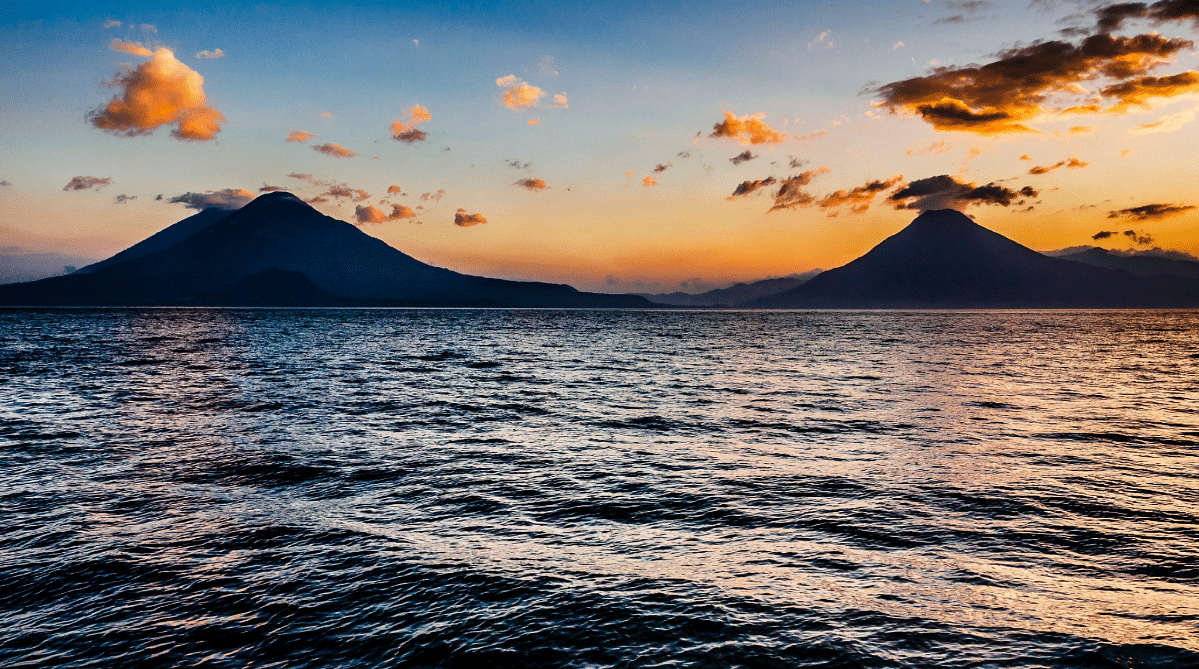 Unsplash
Unsplash
4. Lake Atitlán was formed by a massive volcanic eruption.
Lake Atitlán, often acclaimed as one of the most beautiful lakes in the world, was formed by a massive volcanic eruption approximately 84,000 years ago. This eruption created a large caldera, which eventually filled with water to form the lake we see today. Surrounded by three majestic volcanoes—San Pedro, Atitlán, and Tolimán—Lake Atitlán is nestled in the Guatemalan Highlands of the Sierra Madre mountain range.
5. Guatemalan cuisine is a fusion of indigenous Maya and Spanish influences.
Guatemalan cuisine is a rich fusion of indigenous Maya and Spanish influences, resulting in a diverse array of flavors and dishes. Traditional foods often feature ingredients such as corn, beans, chili peppers, and a variety of vegetables and meats. Some iconic dishes include pepian, a thick and spicy meat stew with vegetables; tamales, which are corn dough stuffed with meats or sweets and wrapped in banana leaves; and kak’ik, a traditional turkey soup flavored with local herbs and spices.
6. Public transport includes “chicken buses.”
One of the most distinctive and colorful forms of public transport in Guatemala is the “chicken bus.” These are retired American school buses that have been repurposed and lavishly decorated with vibrant colors, intricate designs, and religious iconography. The name “chicken bus” comes from the fact that passengers often travel with their market goods, including live chickens.
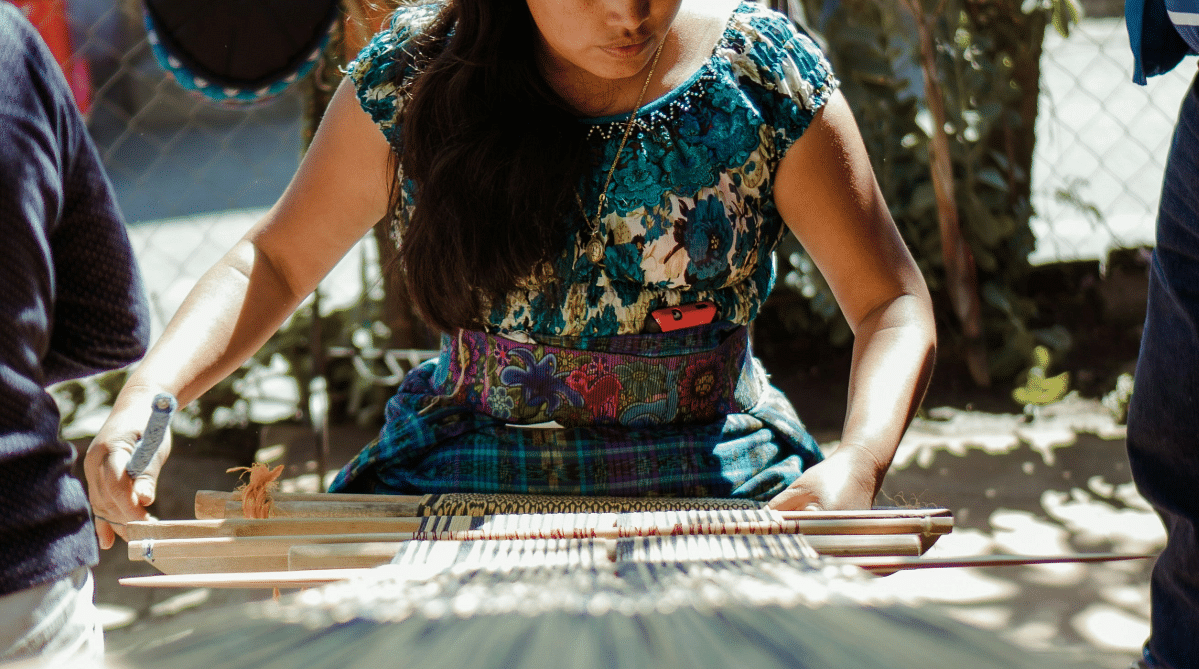 Unsplash
Unsplash
7. Guatemala is known for its textile production.
Guatemala is famous for its vibrant and intricate textile production, a craft that has been practiced for centuries by the indigenous Maya people. Guatemalan textiles are known for their bright colors, detailed patterns, and symbolic designs, often woven on traditional backstrap looms. Each region and community in Guatemala has its own distinctive weaving styles and motifs, which are often passed down through generations.
8. Coffee is Guatemala’s biggest export.
The diverse climate and high-altitude regions create ideal conditions for growing high-quality Arabica coffee beans, known for their rich and distinctive flavor profiles. Coffee cultivation began in the 19th century, and today, it is grown in several regions, including Antigua, Huehuetenango, and Cobán. The coffee industry supports hundreds of thousands of jobs, from farming to processing and export, making it a vital part of Guatemala’s agricultural and economic landscape.
9. There are 25 languages spoken in Guatemala.
Guatemala is recognized for its linguistic diversity, with approximately 25 languages spoken throughout the country. While Spanish is the official language, there are 24 indigenous languages that are still actively used by various Maya communities. These include languages such as K’iche’, Q’eqchi’, Kaqchikel, Mam, and Ixil, each with its own unique phonetic and grammatical structures.
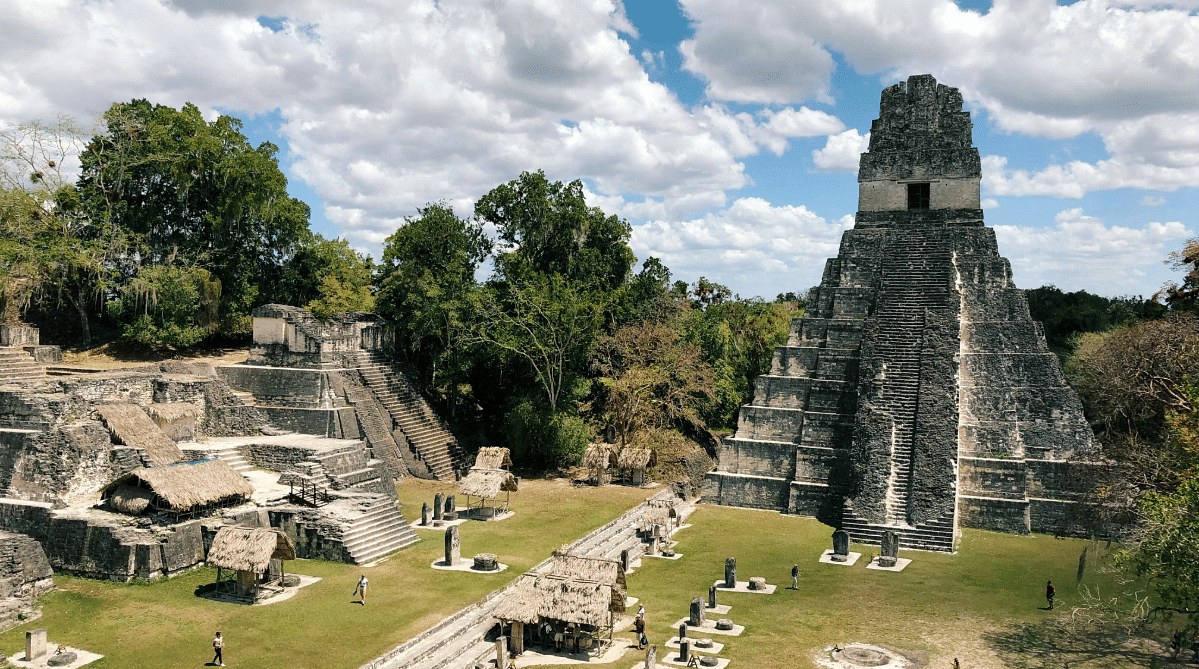 Unsplash
Unsplash
10. Guatemala was a central hub for the Maya civilization.
The Maya civilization was one of the most advanced and influential cultures in pre-Columbian America. It thrived in the region from approximately 2000 BC to the 16th century AD, leaving a profound legacy of architectural, astronomical, and mathematical achievements. Key Maya cities in Guatemala include Tikal, Uaxactun, and El Mirador, each known for their impressive pyramids, temples, and sophisticated urban planning.
11. Tikal National Park is the first mixed UNESCO World Heritage Site.
Tikal National Park holds the distinction of being the first site to be designated as a UNESCO World Heritage Site for both its cultural and natural significance. Located in the heart of the Guatemalan rainforest, Tikal is an ancient Maya city that thrived between 200 and 900 AD. The park encompasses impressive ruins of temples, palaces, and plazas, including the iconic Temple I, also known as the Temple of the Great Jaguar. In addition to its archaeological importance, Tikal is home to a rich array of wildlife and plant species.
12. The ancient Maya invented chocolate.
The Maya cultivated cacao trees and used the seeds to make a bitter beverage called xocolatl. This traditional chocolate drink was made by grinding roasted cacao beans and mixing them with water, chili peppers, and spices like vanilla and honey. The Maya held chocolate in high esteem and used it in various rituals, religious ceremonies, and social gatherings. It was often reserved for royalty, nobility, and warriors.
13. Guatemalans honor the dead with kites.
In Guatemala, the tradition of flying kites, known as barriletes or papalotes, is deeply intertwined with the celebration of Día de los Muertos (Day of the Dead). During this annual festival, Guatemalan families gather in cemeteries to honor and remember their departed loved ones. As part of the tradition, intricate and colorful kites are crafted, often with elaborate designs and messages. These kites are believed to serve as a means of communication between the living and the dead, allowing prayers and messages to reach the spirits of the departed.
Are you planning a trip to Guatemala? Stay connected with a Guatemala eSIM from Airalo.

